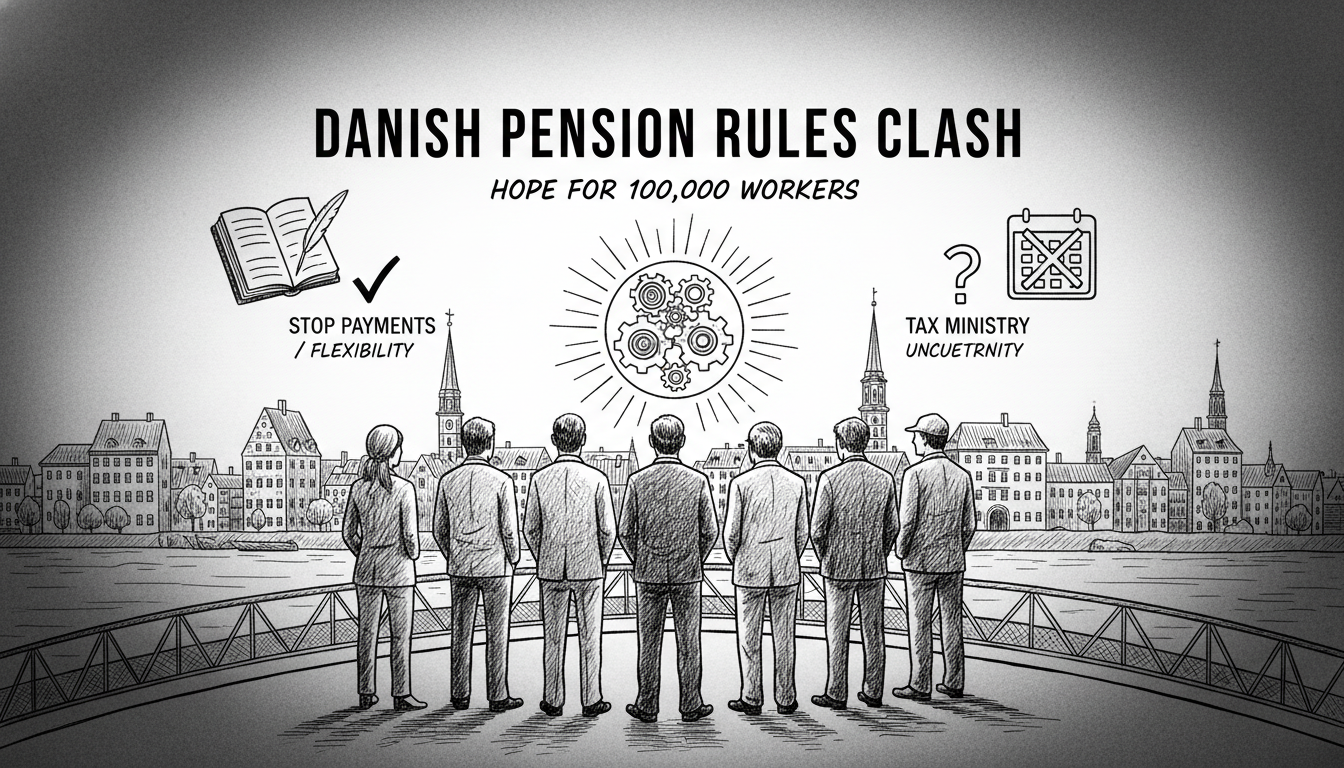Two Danish ministries have reached opposite conclusions about pension rules. The Finance Ministry now says workers can stop their rate pension payments when returning to work. The Tax Ministry spent a full year investigating the same question. This conflict creates immediate uncertainty for over 100,000 Danes.
A rate pension provides monthly payments over 10 to 30 years. Many workers accumulate these pensions during their careers. The system helps ensure financial stability in retirement. Danish pension rules are among the most comprehensive in Europe.
Experts express relief at the Finance Ministry's position. They say the clarity helps workers planning their return to employment. The conflicting ministry positions highlight bureaucratic challenges in Denmark's welfare system. This situation affects people considering part-time work during retirement.
Denmark's pension system includes multiple layers of protection. The rate pension represents one component alongside state pensions. Workers often combine different pension types for security. The current debate focuses on flexibility within this system.
The Nordic approach to retirement differs from other regions. Scandinavian countries emphasize collective security through state systems. Individual pension savings complement this foundation. The Danish model balances personal responsibility with social protection.
What does this mean for international residents in Denmark? Expats participating in the Danish labor market face the same pension rules. The system applies equally to foreign workers contributing to pension funds. This development offers more flexibility for those with international careers.
The practical implications matter most. Workers can now pause rate pension payments when resuming employment. This prevents unnecessary taxation on pension income while earning salary. The change simplifies financial planning for semi-retired individuals.
Danish pension reforms often influence neighboring countries. Sweden and Norway monitor such developments closely. The Nordic countries frequently coordinate on social welfare policies. This decision could spark similar discussions across Scandinavia.
The conflicting ministry positions reveal administrative challenges. Different government departments sometimes interpret rules differently. This creates confusion for citizens navigating complex systems. The resolution provides welcome clarity for affected workers.
Pension experts describe this as a positive step forward. They emphasize the importance of flexible retirement options. Modern workforce patterns require adaptable pension rules. Denmark continues adjusting its system to meet evolving needs.

